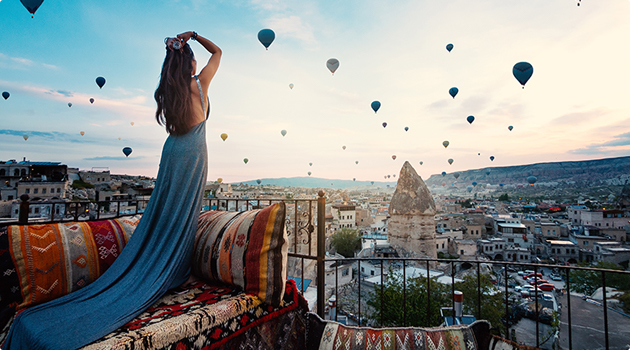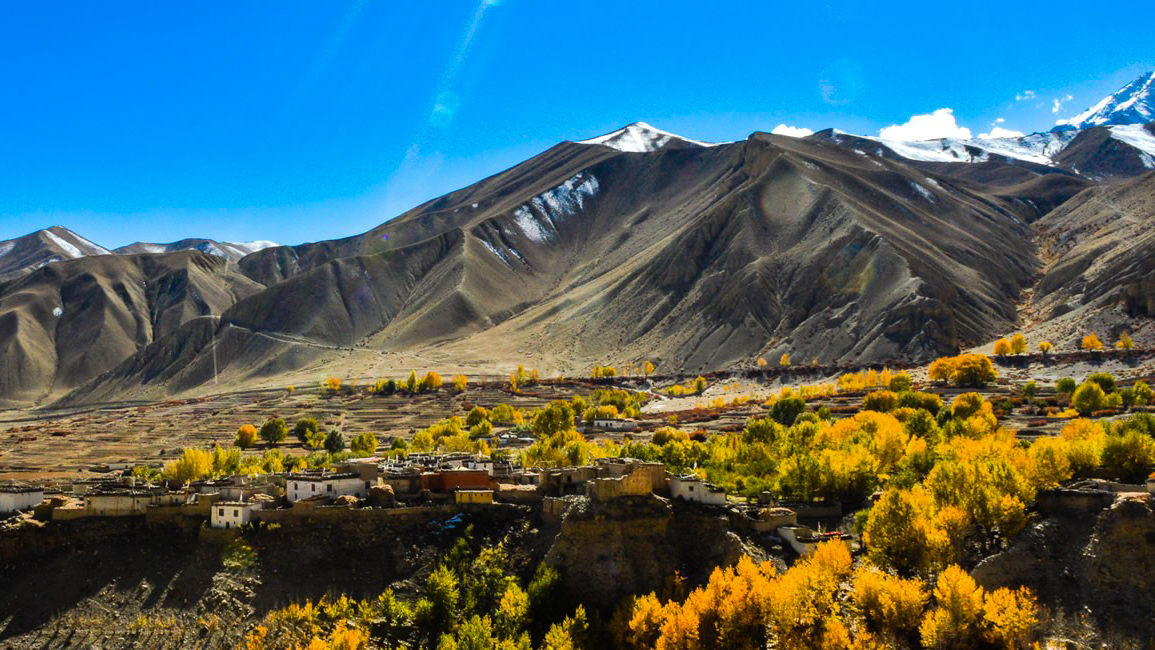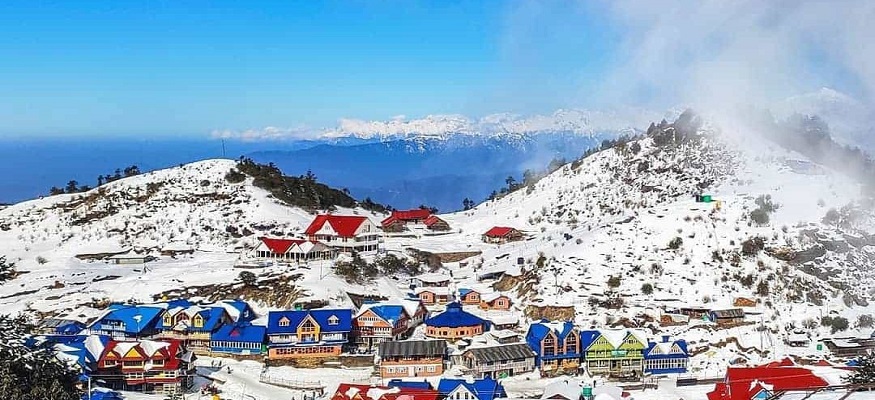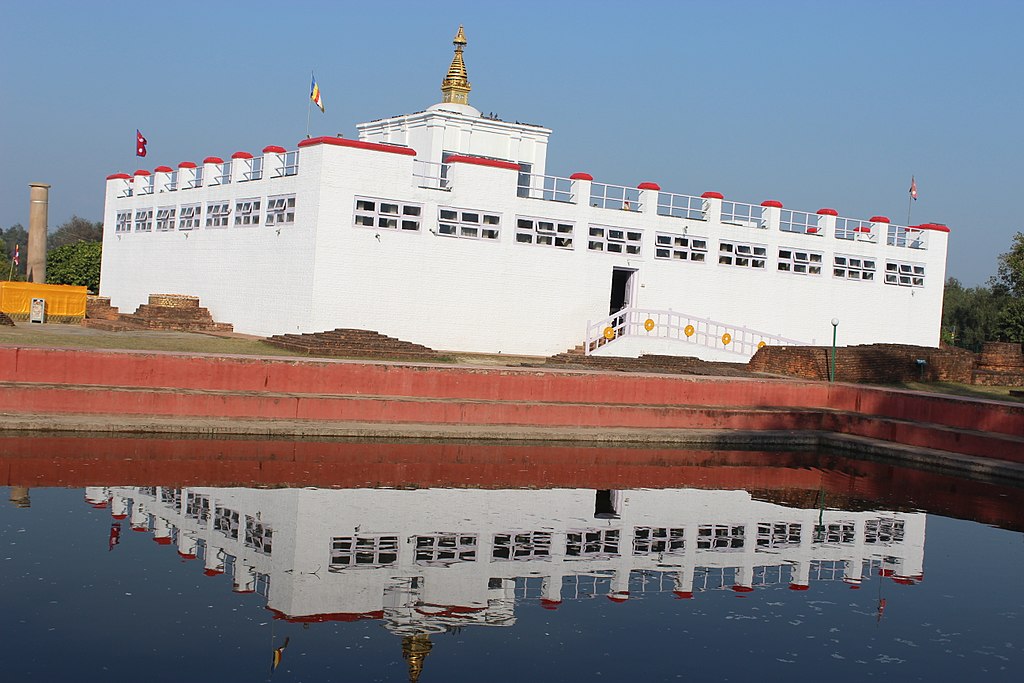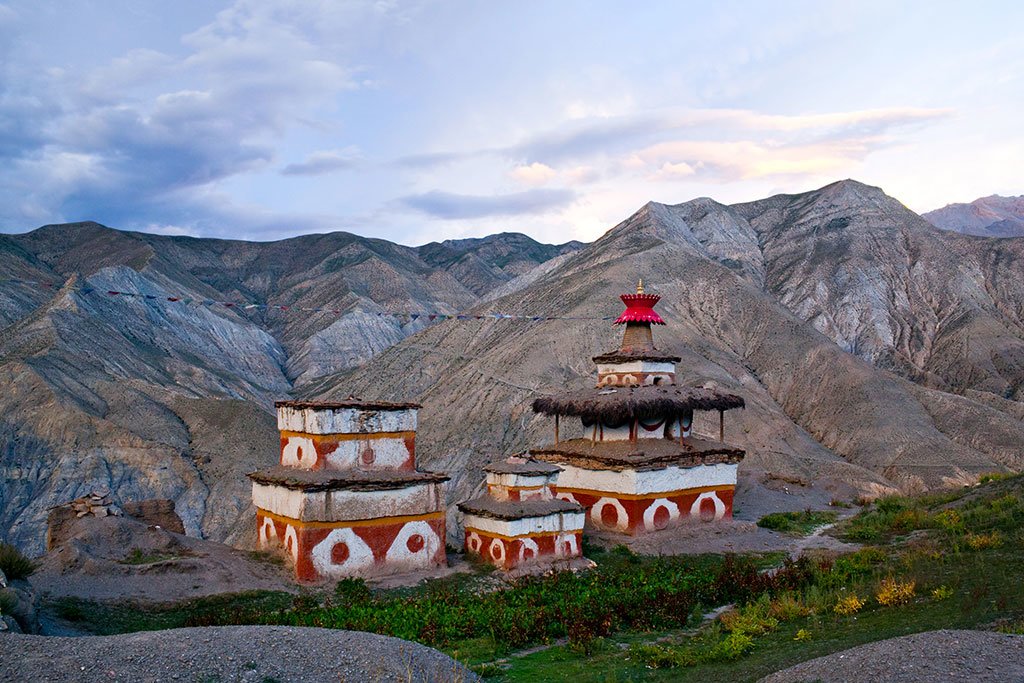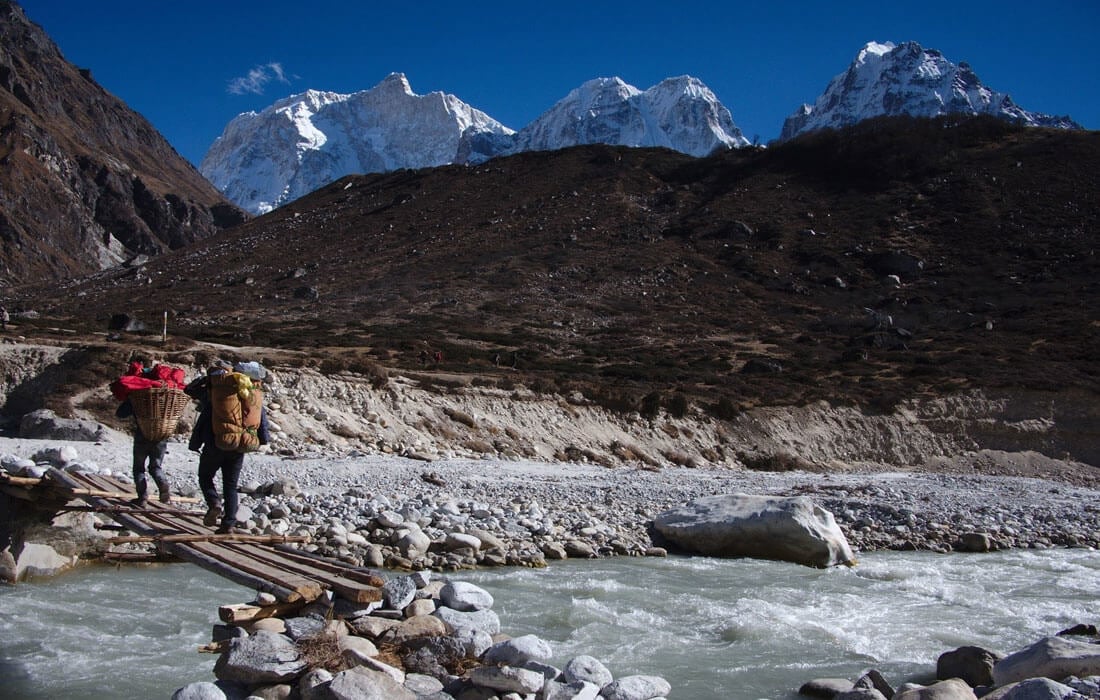 About this Trip
About this Trip
The Tilicho Lake Trek represents a perfect balance of adventure, natural grandeur, and cultural discovery, offering what many experienced trekkers consider one of the most rewarding experiences in the entire Himalayan region. What sets this trek apart is its ability to combine the thrill of high-altitude exploration with a profound sense of achievement in reaching one of the world's most spectacular alpine lakes in its remote mountain setting.
The trek follows a thoughtfully varied route that can either integrate with the classic Annapurna Circuit or function as a magnificent standalone journey. Beginning in the lush, subtropical landscapes of the lower Marsyangdi Valley, the trail ascends through changing ecological zones, passing traditional villages and terraced farmland before entering the arid, high-altitude landscapes that characterize the Manang region. This dramatic transition creates a sense of journey through multiple worlds within a relatively short distance, with each day revealing new environments and perspectives.
The approach to Tilicho Lake itself presents a memorable adventure that tests both physical abilities and determination. The infamous "landslide area" before Tilicho Base Camp requires careful navigation across steep, unstable scree slopes where narrow trails have been cut into the mountainside, creating one of the most thrilling sections of trekking in Nepal. This challenging passage serves as a fitting gateway to the extraordinary destination that awaits, making the arrival at the turquoise waters of Tilicho Lake all the more rewarding.
The cultural dimension of this trek adds tremendous depth to the natural experience. Villages along the route showcase the remarkable human adaptation to life in extreme mountain environments, with distinctive architectural styles, agricultural practices, and religious traditions. The influence of Tibetan culture becomes increasingly evident as you ascend into the higher regions, creating a fascinating cultural transition that parallels the changing landscape. Interactions with local communities offer insights into ways of life that have evolved in relative isolation over centuries.
Perhaps most distinctively, the Tilicho Lake trek creates a profound sense of achievement and connection to the Himalayan landscape. The moment of arrival at the lake's shores after days of challenging ascent, with the vast turquoise waters reflecting the surrounding snow-capped peaks, creates an almost spiritual experience that many trekkers describe as genuinely life-changing. The extraordinary setting—a massive alpine lake nestled in a high-altitude desert landscape ringed by some of the world's highest mountains—creates a scene of such dramatic beauty that it remains vivid in travelers' memories long after their journey concludes.
The Tilicho Lake Trek represents a perfect balance of adventure, natural grandeur, and cultural discovery, offering what many experienced trekkers consider one of the most rewarding experiences in the entire Himalayan region. What sets this trek apart is its ability to combine the thrill of high-altitude exploration with a profound sense of achievement in reaching one of the world's most spectacular alpine lakes in its remote mountain setting.
The trek follows a thoughtfully varied route that can either integrate with the classic Annapurna Circuit or function as a magnificent standalone journey. Beginning in the lush, subtropical landscapes of the lower Marsyangdi Valley, the trail ascends through changing ecological zones, passing traditional villages and terraced farmland before entering the arid, high-altitude landscapes that characterize the Manang region. This dramatic transition creates a sense of journey through multiple worlds within a relatively short distance, with each day revealing new environments and perspectives.
The approach to Tilicho Lake itself presents a memorable adventure that tests both physical abilities and determination. The infamous "landslide area" before Tilicho Base Camp requires careful navigation across steep, unstable scree slopes where narrow trails have been cut into the mountainside, creating one of the most thrilling sections of trekking in Nepal. This challenging passage serves as a fitting gateway to the extraordinary destination that awaits, making the arrival at the turquoise waters of Tilicho Lake all the more rewarding.
The cultural dimension of this trek adds tremendous depth to the natural experience. Villages along the route showcase the remarkable human adaptation to life in extreme mountain environments, with distinctive architectural styles, agricultural practices, and religious traditions. The influence of Tibetan culture becomes increasingly evident as you ascend into the higher regions, creating a fascinating cultural transition that parallels the changing landscape. Interactions with local communities offer insights into ways of life that have evolved in relative isolation over centuries.
Perhaps most distinctively, the Tilicho Lake trek creates a profound sense of achievement and connection to the Himalayan landscape. The moment of arrival at the lake's shores after days of challenging ascent, with the vast turquoise waters reflecting the surrounding snow-capped peaks, creates an almost spiritual experience that many trekkers describe as genuinely life-changing. The extraordinary setting—a massive alpine lake nestled in a high-altitude desert landscape ringed by some of the world's highest mountains—creates a scene of such dramatic beauty that it remains vivid in travelers' memories long after their journey concludes.

From $0
Price Varies from Group Size
Success
Here goes about why the success toast occurred.
 Itinerary
Itinerary
Arrival in Kathmandu (1,400m)
Kathmandu to Pokhara (820m)
Pokhara to Chame (2,670m)
Chame to Pisang (3,200m)
Pisang to Manang (3,540m)
Acclimatization day in Manang
Manang to Khangsar (3,745m)
Khangsar to Tilicho Base Camp (4,150m)
Tilicho Base Camp to Tilicho Lake (4,919m) to Tilicho Base Camp
Tilicho Base Camp to Yak Kharka (4,018m)
Yak Kharka to Thorong Phedi (4,450m)
Thorong Phedi to Muktinath (3,800m) via Thorong La Pass (5,416m)
Muktinath to Jomsom (2,720m)
Jomsom to Pokhara
Pokhara
Pokhara to Kathmandu
Departure from Kathmandu
 Services
Services
Includes
- Specialized bilingual guide familiar with the Annapurna and Tilicho Lake region
- Private Transport where applicable
- Flights between Jomsom and Pokhara
- Daily meals on the trek: breakfast, lunch, and dinner
- Services of an experienced guide and porter during the trek
- All essential trekking permits, including ACAP (Annapurna Conservation Area Permit) and TIMS
- Accommodation throughout the trek (teahouses)
Excludes
- Additional accommodation due to weather delays or early completion
- Comprehensive travel and medical insurance for the trek
- Gratuities for the guides, porters, and trekking support staff
- International flights and entry visa fees for Nepal
- Personal trekking equipment and gear (sleeping bags, down jackets, etc.)
- Extra food and drinks beyond the standard meals provided
- Hot showers and battery charging at teahouses (pay per use)
- Costs associated with emergency evacuation or alternate routes if needed
 Good to Know
Good to Know
This trek requires excellent physical fitness and prior high-altitude trekking experience is highly recommended. The landslide area between Khangsar and Tilicho Base Camp demands proper equipment including sturdy hiking boots with good ankle support and trekking poles. Temperatures at higher elevations can drop well below freezing; bring appropriate cold-weather gear including a quality sleeping bag rated to at least -15°C (5°F). Weather conditions can change rapidly; pack for multiple scenarios from warm sunshine to snow. Altitude sickness risk is significant; familiarize yourself with symptoms and never hesitate to descend if they appear. The lodges at Tilicho Base Camp are very basic with shared facilities and limited heating. For those continuing over Thorong La Pass, microspikes or similar traction devices are advisable in certain seasons when ice may be present. Water purification tablets or filters are essential as bottled water becomes unavailable at higher elevations. Carry sufficient cash as ATMs are only available in larger settlements like Manang and Jomsom. Build buffer days into your itinerary for weather delays, especially for the Jomsom flight which is frequently canceled due to strong winds.
Wildlife Encounters
Himalayan tahr and blue sheep (bharal) on rocky slopes
Pika (small rabbit-like mammals) in higher rocky areas
Himalayan marmots in alpine meadows
Various pheasant species including the colorful Danphe (Nepal's national bird)
Lammergeier (bearded vulture) and Himalayan griffon soaring on thermals
Golden eagles hunting over high ridges
Snow leopards (extremely rare sightings in remote areas)
Various small birds adapted to high-altitude environments
Butterflies and wildflowers in lower regions during spring
Himalayan weasels and martens in forested sections
 Reviews
Reviews
 FAQs (Frequently Asked Questions)
FAQs (Frequently Asked Questions)
Your queries are answered.
How difficult is the Tilicho Lake Trek?
Moderate to challenging, requiring good fitness and proper acclimatization. The landslide area before Tilicho Base Camp presents technical challenges with loose scree slopes. Maximum altitude of 4,919m (or 5,416m if crossing Thorong La) carries significant altitude sickness risk.
Best time to visit?
Late September to November offers the most stable weather and clearest views. April to May provides spring flowers at lower elevations but can have hazier skies. Winter (December-February) brings snow and extreme cold. Summer monsoon (June-September) has higher precipitation risks, especially in lower regions.
Can it be done separately from the Annapurna Circuit?
Yes, it can be done as a standalone trek or integrated into the Annapurna Circuit. The standalone version typically starts from Besisahar or Chame and returns via Manang, while the integrated version continues over Thorong La Pass.
What permits are needed?
Annapurna Conservation Area Permit (ACAP, approximately $30) and TIMS (Trekkers' Information Management System) card (approximately $10), available through trekking agencies or in Kathmandu/Pokhara.
How dangerous is the landslide area?
Requires careful attention but is passable with proper equipment (good boots, trekking poles) and caution. The trail crosses steep scree slopes where footing can be unstable. Most dangerous in dry conditions when surface material is looser.
How good is accommodation quality?
Basic teahouses throughout with facilities becoming increasingly rudimentary at higher elevations. Tilicho Base Camp offers very simple accommodation with minimal amenities. Manang and Jomsom provide relatively better facilities.
Is Wi-Fi and connectivity available?
Available in larger settlements like Manang and Jomsom but essentially non-existent at Tilicho Base Camp and higher elevations. Local SIM cards work in lower regions but not in remote areas near the lake.
Does extra budget needed?
Approximately $15-20 daily for hot showers (where available), battery charging, and additional drinks/snacks. Higher elevations command premium prices due to transportation difficulties.
Can beginners attempt this trek?
Not recommended for first-time trekkers due to high altitude, technical challenges in the landslide area, and remote locations. Prior trekking experience, especially at altitude, is highly advisable.
